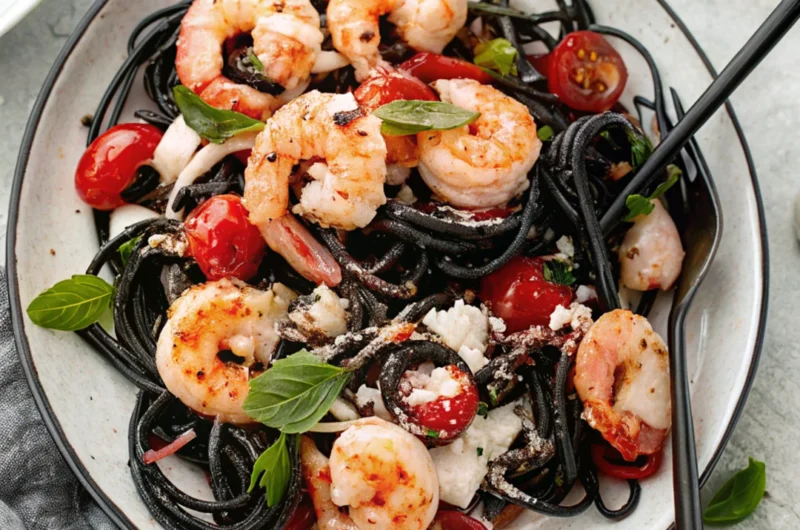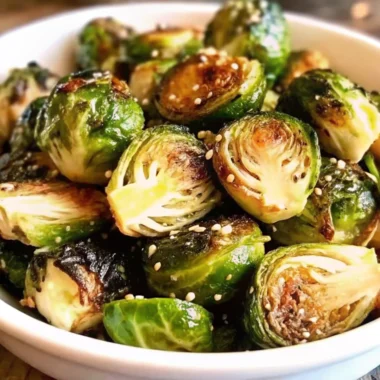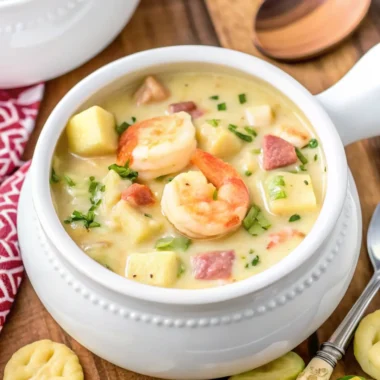Are you a fan of seafood recipes? How about a dish that combines the rich, savory flavor of squid ink with succulent seafood in a creamy pasta? Sounds enticing, doesn’t it? The squid ink seafood pasta is a delicacy that has captured the hearts and palates of many food enthusiasts around the globe. Whether you’re a seasoned chef or someone who’s eager to experiment in the kitchen, this recipe will guide you through every step, ensuring that you achieve the perfect balance of flavors.
In this blog post, we’ll take you on a culinary journey that not only satisfies your taste buds but also enhances your seafood recipe collection. Let’s dive in!
Ingredients List: What You’ll Need
For this squid ink seafood pasta recipe, you’ll need a variety of fresh ingredients that come together to create a dish that’s nothing short of spectacular. Here’s your shopping list:
- Fresh Seafood:
- 200 grams of squid (preferably cleaned and sliced)
- 200 grams of shrimp (peeled and deveined)
- 200 grams of mussels or clams (optional, for added flavor)
- Pasta:
- 250 grams of spaghetti or linguine (you can substitute with your preferred pasta)
- Squid Ink:
- 2 tablespoons of squid ink (you can find it in most seafood markets or specialty grocery stores)
- Vegetables:
- 1 medium onion (finely chopped)
- 2 cloves of garlic (minced)
- 1 tablespoon of tomato paste (for a hint of acidity)
- Fresh parsley (finely chopped for garnish)
- Liquids:
- 150 ml of dry white wine (a Chardonnay or Sauvignon Blanc works best)
- 100 ml of fish stock or vegetable broth (for added depth)
- Seasonings:
- Salt and black pepper (to taste)
- Olive oil (for sautéing)
- A pinch of red pepper flakes (optional, for a slight kick)
Substitutions:
- If you can’t find squid ink, you can try substituting with cuttlefish ink, which is a great alternative and still delivers a similar taste.
- For those avoiding seafood, consider using mushrooms and vegetable stock as a substitution to maintain a similar texture and flavor profile.
- Gluten-free pasta options can be used to make this recipe suitable for gluten-sensitive individuals.
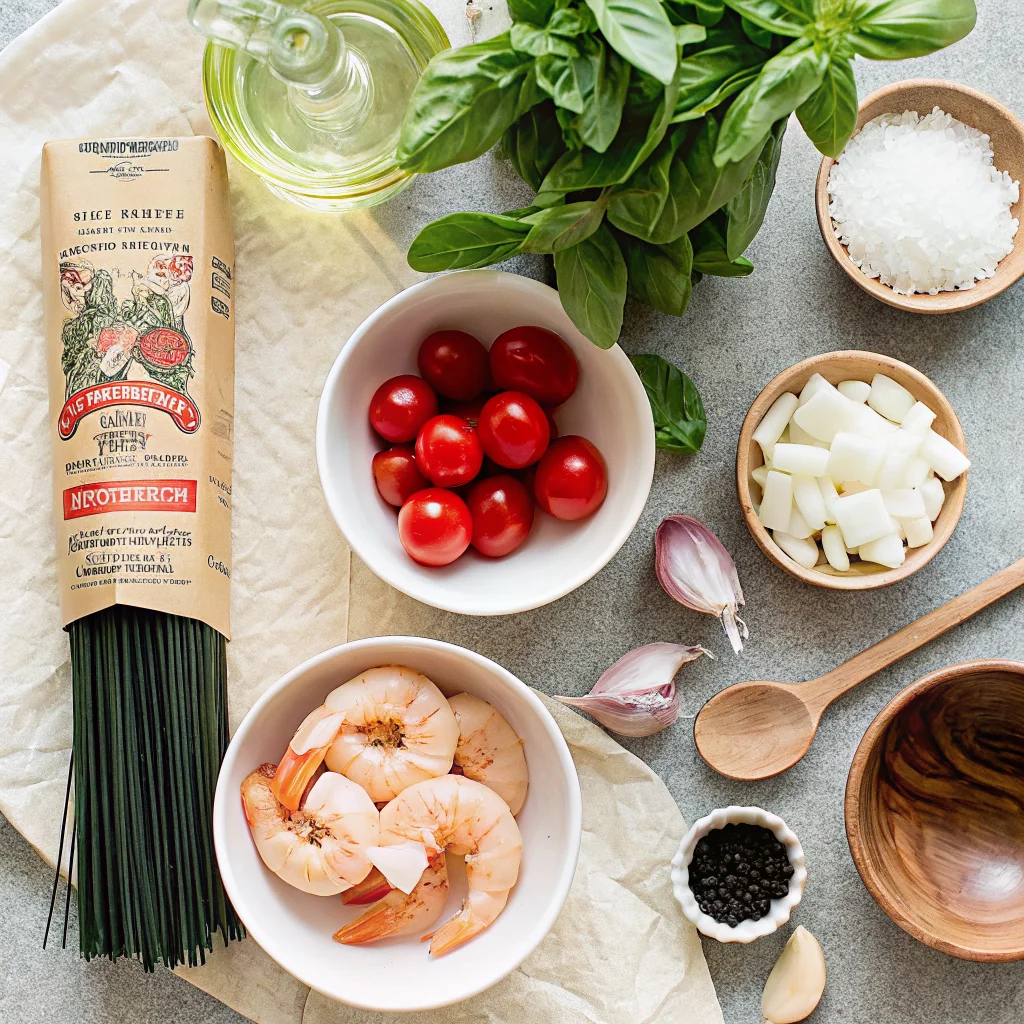
Timing: How Long Will It Take?
This squid ink seafood pasta is a flavorful yet relatively quick dish to prepare. Here’s the breakdown:
- Preparation Time: 15 minutes
- Cooking Time: 30 minutes
- Total Time: 45 minutes
That’s right, in just under an hour, you’ll have a dish that looks and tastes like it came straight from a five-star restaurant. It’s perfect for a weekday dinner or even for impressing guests on a special occasion. This is also about 20% quicker than other seafood pasta recipes that involve making seafood stock from scratch!
Step-by-Step Instructions: Your Guide to Perfection
Let’s walk through each step, making sure your squid ink seafood pasta turns out beautifully every time.
Step 1: Prepare the Seafood
Start by cleaning and preparing your seafood. If you’re using fresh squid, slice it into rings. For the shrimp, peel and devein them. If you’re adding mussels or clams, scrub them clean and set them aside. You’ll want everything ready to go before you start cooking.
Step 2: Cook the Pasta
Bring a large pot of salted water to a boil. Add your pasta and cook according to the package instructions until al dente. Drain the pasta, but make sure to save about 1 cup of pasta water for later. The starchy water will help create a silky sauce later.
Step 3: Sauté the Aromatics
In a large pan or skillet, heat 2 tablespoons of olive oil over medium heat. Add the chopped onion and cook for 2-3 minutes until softened and translucent. Add the garlic and cook for an additional 30 seconds until fragrant.
Step 4: Add the Seafood
Now, it’s time to bring in the star of the dish. Add the squid, shrimp, and mussels (if using) to the pan. Sauté for 3-4 minutes until the seafood is cooked through. The shrimp should turn pink, and the squid will become tender. Don’t overcook the seafood, as it can become rubbery.
Step 5: Deglaze with Wine
Once the seafood is cooked, pour in the white wine to deglaze the pan. Allow the wine to reduce for 2-3 minutes, scraping up any flavorful bits from the bottom of the pan.
Step 6: Incorporate the Squid Ink
Next, stir in the squid ink and tomato paste. Add the fish stock and bring everything to a simmer. Let it cook for another 3-4 minutes, allowing the sauce to thicken and the flavors to meld together. Taste and adjust the seasoning with salt, pepper, and red pepper flakes if desired.
Step 7: Combine with Pasta
Toss the drained pasta into the pan with the seafood and squid ink sauce. Add a little of the reserved pasta water to help the sauce coat the pasta evenly. Stir gently to combine.
Step 8: Garnish and Serve
Transfer your squid ink seafood pasta to serving plates and garnish with freshly chopped parsley. Serve immediately and enjoy the rich, savory flavor of your seafood creation!
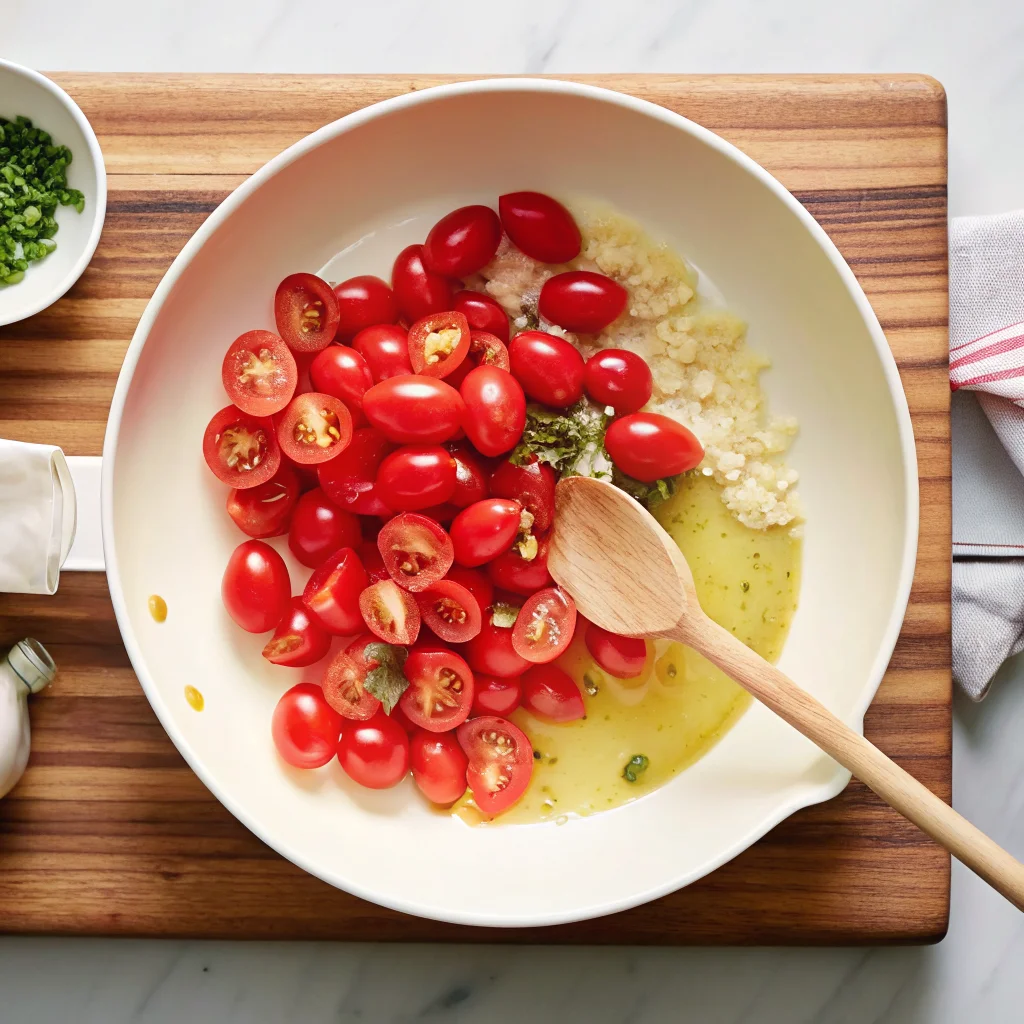
Nutritional Information
The nutritional profile of this squid ink seafood pasta varies based on the exact ingredients you use, but here’s an approximate breakdown for one serving:
- Calories: 450-500 kcal
- Protein: 35-40g
- Carbohydrates: 55-60g
- Fat: 10-12g
- Fiber: 4g
- Sodium: 700-800mg
This dish is a great source of protein from the seafood and fiber from the pasta. The olive oil adds healthy fats, while the squid ink provides a unique source of iron and antioxidants.
Healthier Alternatives for the Recipe
Want to make your squid ink seafood pasta a little healthier? Here are some great modifications:
- Whole Wheat Pasta: Swap regular pasta for whole wheat pasta to increase fiber content.
- Reduced-Sodium Broth: Use low-sodium fish stock or vegetable broth to cut down on sodium intake.
- Lean Protein: Opt for leaner seafood options like white fish or even scallops to reduce the overall fat content.
- Add Veggies: Enhance the nutritional value by adding vegetables like spinach, zucchini, or bell peppers to the sauce.
These alternatives maintain the flavor while making your dish even more balanced.
Serving Suggestions
While the squid ink seafood pasta is absolutely delicious on its own, here are some creative serving suggestions to elevate the experience:
- Pair with a Light Salad: A crisp, tangy salad with lemon vinaigrette will complement the richness of the pasta perfectly.
- Garlic Bread: Serve with freshly baked garlic bread to soak up any leftover squid ink sauce.
- Wine Pairing: A glass of dry white wine, such as Sauvignon Blanc or a crisp Chardonnay, pairs beautifully with this seafood dish.
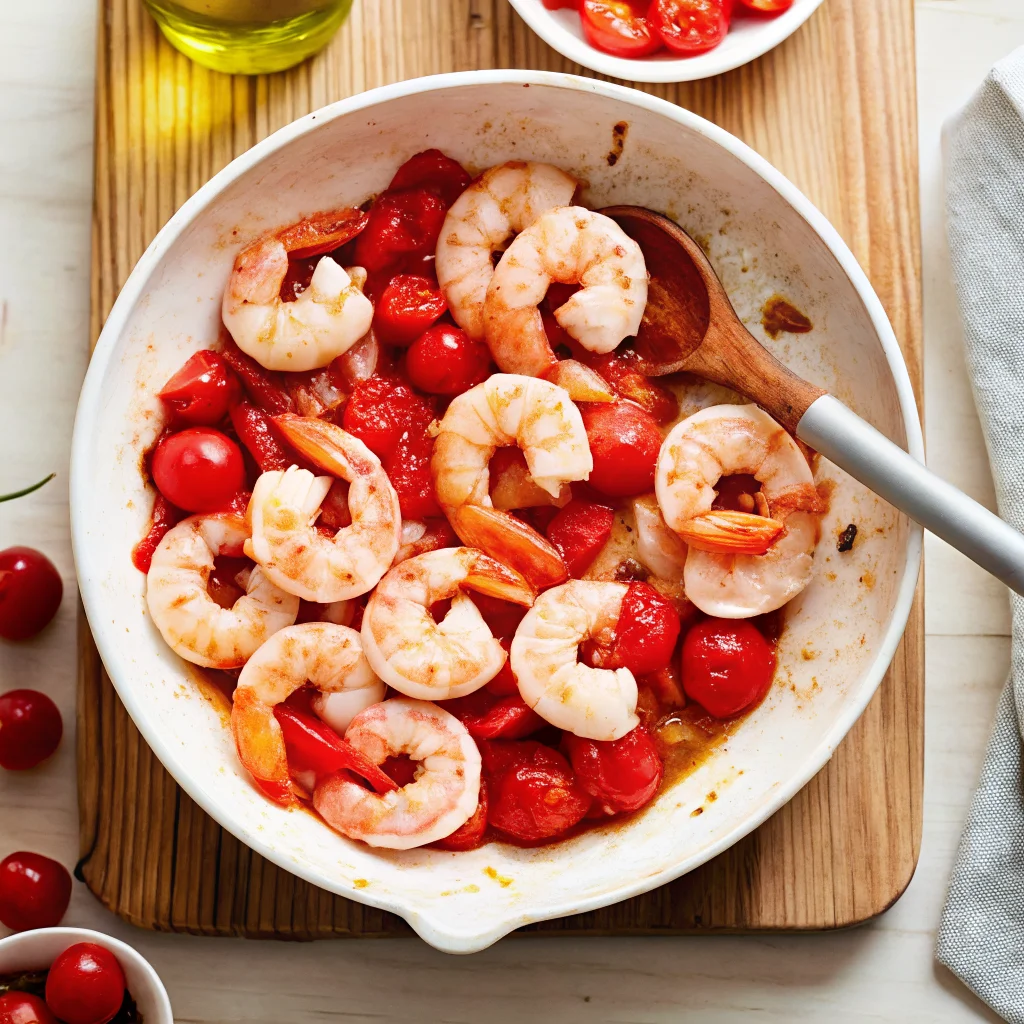
Common Mistakes to Avoid
Even the best chefs can make mistakes, so here are a few things to keep in mind when making squid ink seafood pasta:
- Overcooking the Seafood: This is the most common mistake. Be sure to cook your seafood just until it’s tender and fully cooked.
- Using Too Much Squid Ink: Squid ink has a strong flavor, so avoid overdoing it. Two tablespoons should be plenty for a rich, flavorful sauce.
- Skipping the Pasta Water: The starchy pasta water helps the sauce adhere better to the noodles, so don’t forget to save a cup before draining the pasta.
Storing Tips for the Recipe
If you have leftovers, here’s how to store your squid ink seafood pasta properly:
- Refrigerate: Store the pasta in an airtight container in the fridge for up to 2-3 days.
- Reheat: To reheat, gently warm it in a pan over low heat with a splash of water or broth to loosen the sauce.
Avoid freezing this dish as the seafood can lose its texture and flavor when thawed.
Conclusion
In just a few simple steps, you’ve crafted a restaurant-quality squid ink seafood pasta right in your kitchen. With the combination of seafood, squid ink, and pasta, this dish offers a delightful sensory experience. Whether you’re serving it for a weeknight dinner or a special occasion, it’s sure to impress.
Give this squid ink seafood pasta recipe a try today and let us know how it turns out. Don’t forget to leave your feedback in the comments or share your version with us. Also, subscribe for more exciting seafood recipes and culinary tips!
FAQs
Can I use other types of seafood in this recipe?
Yes, feel free to substitute with your favorite seafood, such as clams, scallops, or even lobster tail.
Is squid ink safe to eat?
Absolutely! Squid ink is commonly used in Mediterranean and Asian cuisines and is safe to consume. It provides a unique flavor and has nutritional benefits.
Can I make this recipe ahead of time?
While it’s best enjoyed fresh, you can prepare the seafood sauce ahead of time and store it in the fridge. Cook the pasta just before serving.
What can I use if I can’t find squid ink?
Cuttlefish ink or even black bean paste can be used as a substitute, although the flavor might differ slightly.
Print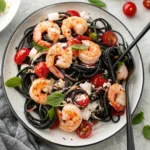
Squid Ink Seafood Pasta Recipe
- Total Time: 45 minutes
- Yield: 2 servings
Description
This squid ink seafood pasta recipe is a rich and flavorful dish, perfect for seafood lovers who enjoy bold, savory flavors. With a combination of fresh seafood, squid ink, and al dente pasta, this dish is sure to impress at your next dinner gathering. Easy to prepare and delicious, this recipe delivers an indulgent meal that’s as beautiful as it is tasty.
Ingredients
-
200g squid (cleaned and sliced into rings)
-
200g shrimp (peeled and deveined)
-
200g mussels or clams (optional, for added flavor)
-
250g spaghetti or linguine (or pasta of your choice)
-
2 tbsp squid ink (find it at seafood markets or specialty stores)
-
1 medium onion (finely chopped)
-
2 garlic cloves (minced)
-
1 tbsp tomato paste
-
150ml dry white wine (such as Chardonnay or Sauvignon Blanc)
-
100ml fish stock (or vegetable broth for a lighter version)
-
Fresh parsley (for garnish)
-
Salt and black pepper (to taste)
-
Olive oil (for sautéing)
-
Red pepper flakes (optional, for a bit of heat)
Instructions
-
Prepare the seafood: Slice the squid into rings, peel and devein the shrimp, and scrub the mussels or clams clean if you’re using them.
-
Cook the pasta: In a large pot of salted water, bring it to a boil and cook the pasta according to the package instructions until al dente. Reserve 1 cup of pasta water before draining.
-
Sauté the aromatics: In a large skillet, heat 2 tablespoons of olive oil over medium heat. Add the chopped onion and sauté for about 3 minutes until softened. Add the garlic and cook for an additional 30 seconds until fragrant.
-
Add the seafood: Add the squid, shrimp, and optional mussels/clams to the pan. Sauté for about 3-4 minutes until the shrimp turn pink and the squid becomes tender.
-
Deglaze with wine: Pour in the white wine to deglaze the pan, scraping up any bits stuck to the bottom. Let the wine reduce for about 3 minutes.
-
Incorporate squid ink and stock: Stir in the squid ink and tomato paste. Add the fish stock and simmer for 3-4 minutes, allowing the sauce to thicken and flavors to blend.
-
Combine pasta and sauce: Add the cooked pasta to the skillet with the seafood sauce. If the sauce is too thick, add a bit of the reserved pasta water to loosen it up.
-
Garnish and serve: Plate the pasta, sprinkle with fresh parsley, and season with salt, pepper, and optional red pepper flakes for a little heat. Serve immediately and enjoy!
Notes
-
If you can’t find squid ink, you can substitute with cuttlefish ink or even black bean paste for a similar effect.
-
For a healthier alternative, use whole wheat pasta and low-sodium stock to cut down on the sodium content.
-
The squid ink adds a savory depth to the dish, so don’t overdo it—two tablespoons is just the right amount.
- Prep Time: 15 minutes
- Cook Time: 30 minutes
- Category: Main Dish
- Method: Sauté
- Cuisine: Mediterranean / Italian
Keywords: squid ink seafood pasta, seafood recipe, squid ink pasta, pasta with seafood, seafood pasta, Mediterranean seafood dish
